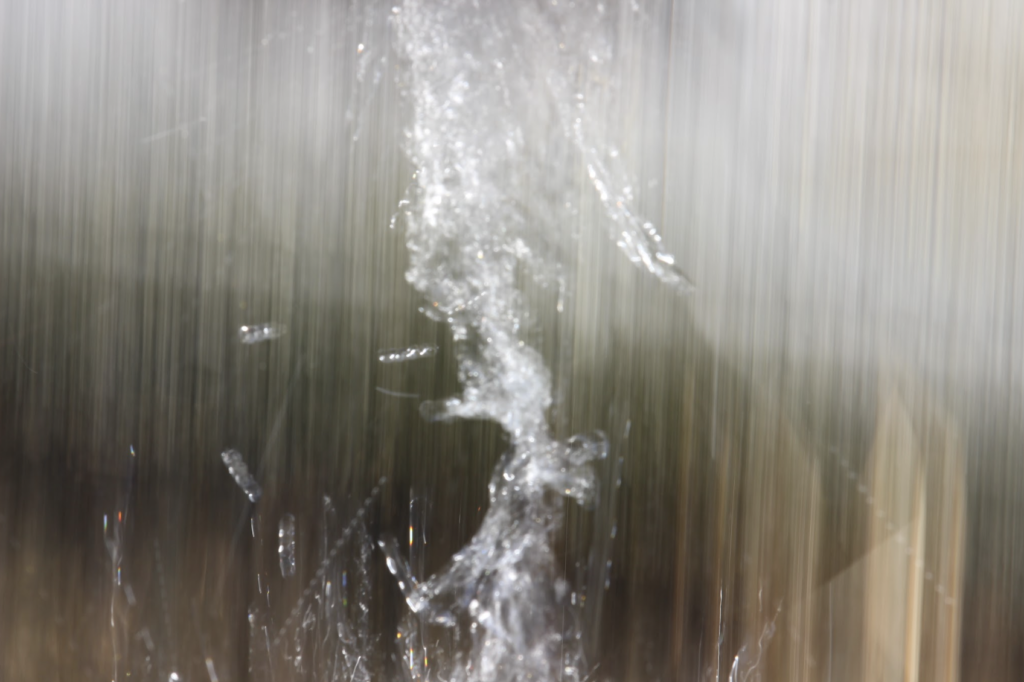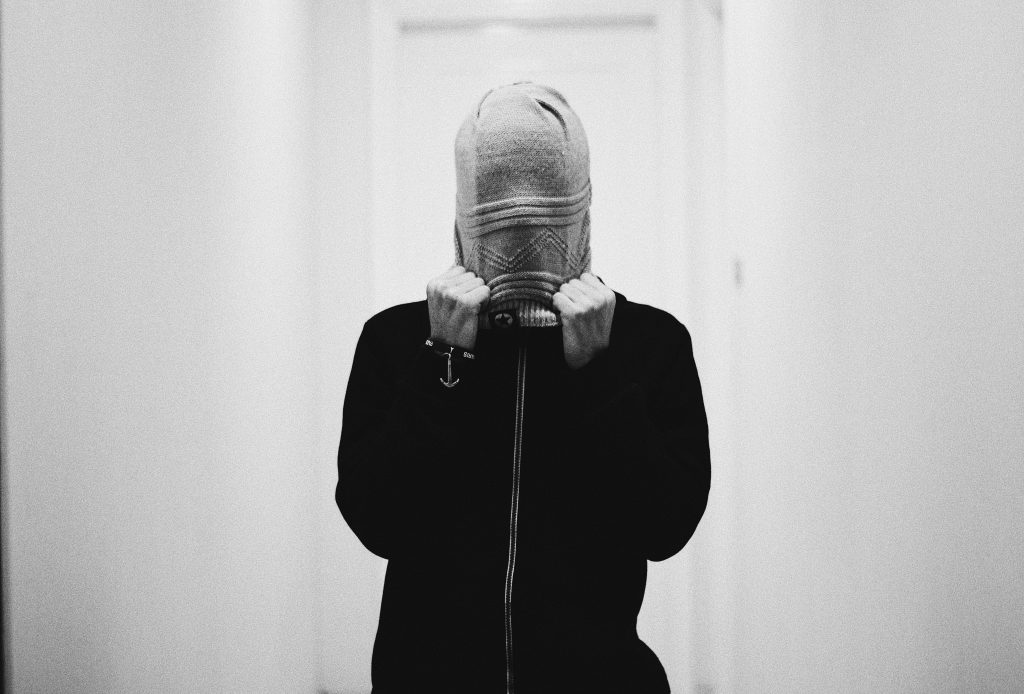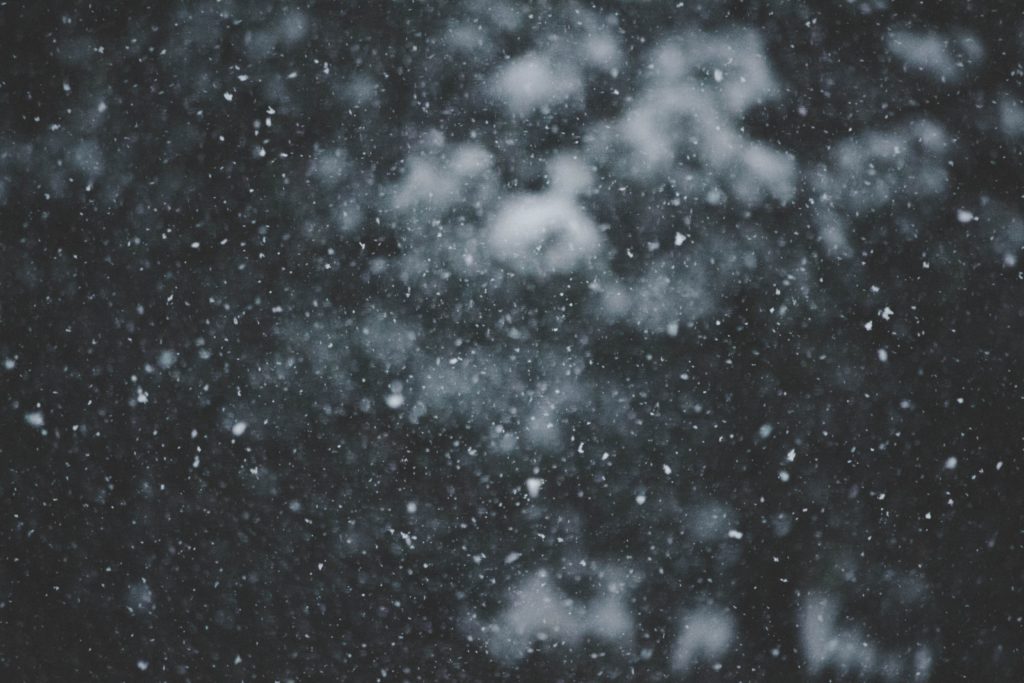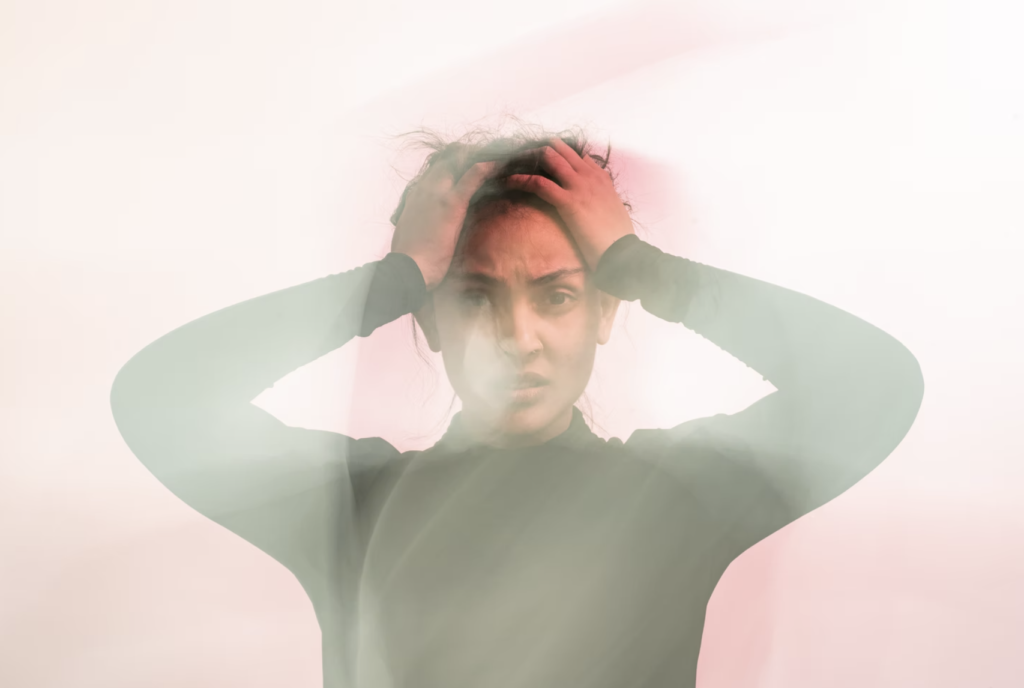What is HPPD and its Symptoms?
Hallucinogen persisting perception disorder or HPPD is a mental disorder stemming from the use of psychedelics such as LSD or mushrooms (psilocybin). Those with HPPD experience persisting— as the name suggests— hallucinations or visual distortions that are reminiscent of previous “trips.” Other perceptual changes that continue long after the use of psychedelics are also associated with HPPD.
The use of psychedelics and subsequent development of HPPD is not well understood due to under-research. Still, commonalities emerge among those who identify as having the disorder, such as similar symptoms and drugs used before the onset of symptoms. Many symptoms of HPPD coincide with other more common mental illnesses such as anxiety, leading to occasional misdiagnosis. Clinicians sometimes misinterpret the visual illusions reported by patients, believing them to be symptoms of psychosis and provide treatment that can make the symptoms worse.



















